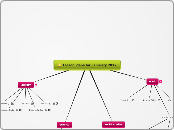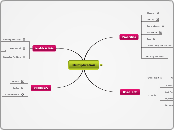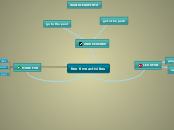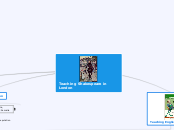par Dan Di Leonardo Il y a 5 années
335
Fencing Your Dog
Educational activities centered on perimeter and area help students visualize mathematical patterns, fostering a sense of achievement as they identify and understand these patterns through charts and tables.









